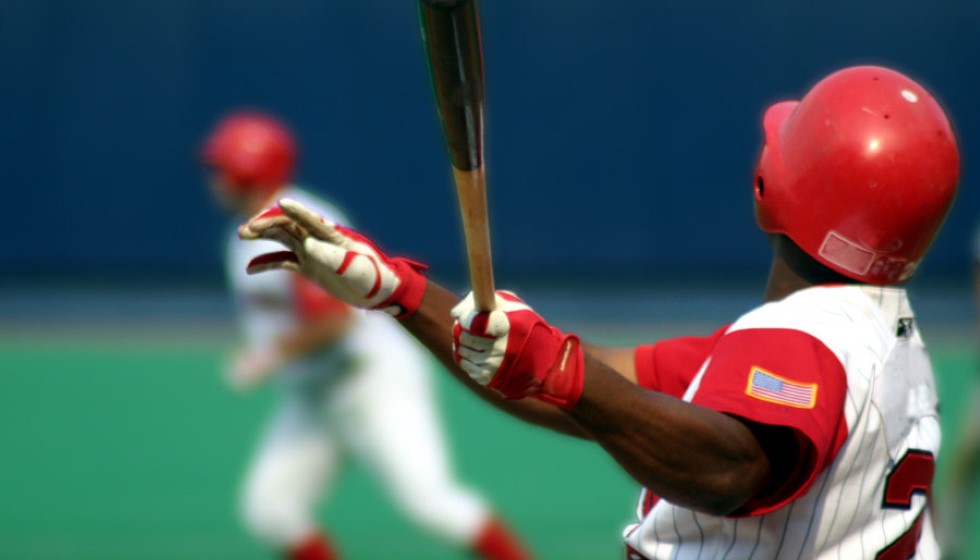
In the world of professional baseball, the internal dynamics of player representation and leadership within the Major League Baseball Players Association (MLBPA) are generating significant conversation and controversy. A group of over 20 player representatives is actively questioning the leadership structure, specifically aiming to instigate change at the deputy director level by replacing Bruce Meyer with Harry Marino.
Tensions Rise Over Leadership
Discussions among the player representatives initiated through a text chain, signaling a grassroots level of discontent that quickly escalated into more formal dialogues. These discussions culminated in a tense Zoom call involving Tony Clark, alongside other player representatives. The virtual meeting, while heated, ultimately concluded without any definitive resolution to the brewing discontent.
The core of the division among players relates to the economic disparities within the MLB, particularly the gap between high earners and the so-called middle-class talent. This issue has magnified in light of several high-profile free agents facing challenges in securing deals reflective of their perceived value. Compounding this issue is a noticeable decline in spending on free agents compared to the previous year, a trend that has sparked considerable concern among the player base.
Critical Review of Leadership and Negotiations
At the heart of the debate is the performance of Bruce Meyer, particularly his handling of the Collective Bargaining Agreement negotiations. A faction of the MLBPA membership believes that Meyer's approach has not adequately addressed or represented the broad spectrum of player interests, sparking calls for a change in leadership. Harry Marino emerges as a potential figurehead for a new direction, with some players viewing him as a leader who could more effectively advocate for a wider array of player interests.
Adding another layer to the discussion is the perceived influence of prominent agents, specifically Scott Boras, on the MLBPA's direction and decisions. This situation highlights underlying issues of inequality and representation within the union, igniting debate among players about the best path forward to ensure a more equitable representation of their collective interests.
The MLBPA at a Crossroads
The ongoing disputes and potential leadership changes within the MLBPA are not merely internal matters. They have far-reaching implications for the future of labor relations in sports. The manner in which the MLBPA handles these challenges will set a precedent for player unions in other leagues, potentially influencing broader societal discussions around inequality and representation.
As the MLBPA navigates these turbulent waters, the outcomes will undoubtedly impact the landscape of professional baseball. The balance between addressing the concerns of high earners and advocating for the interests of middle-class talent represents a significant challenge. Furthermore, the role of external influences, such as agents, in shaping union priorities and strategies is a critical issue that the MLBPA must address to move forward effectively.
The current situation reflects larger societal issues around inequality and representation, making the MLBPA's challenges emblematic of broader debates happening across various sectors. How the MLBPA responds to these internal calls for change will not only define the future of the organization but also contribute to ongoing conversations about fairness, representation, and equity in professional sports and beyond.
In conclusion, the MLBPA stands at a crucial juncture, with the potential for significant changes in leadership and approach on the horizon. The direction it chooses will not only influence the immediate future of the players it represents but also set a tone for how labor relations and player representation are handled in the dynamic and ever-evolving world of professional sports.